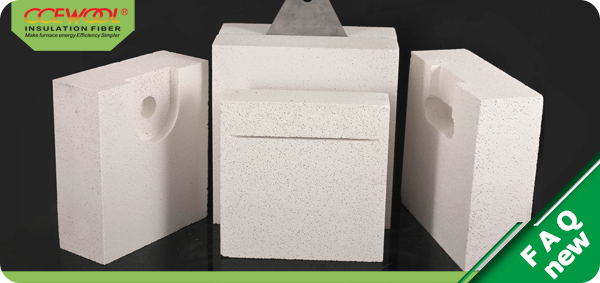
Aug. 31, 2020
In the building of traditional industrial kilns, in order to achieve the purpose of heat preservation and energy saving, a layer of heat preservation material is usually added on refractory bricks or refractory castables. Due to the low working temperature of the thermal insulation materials, its application in medium and high temperature industrial furnaces is greatly restricted. The dense refractory layer is very thick, and the furnace is bulky and heavy. For batch furnaces, the heat storage loss is large.

The light weight insulation brick is produced with waste polystyrene foam balls are used as the pore-forming material, the mullite fiber is used as the reinforcing material, the combined clay and expanded perlite are used as the thermal insulation material, and a certain binder is added. It has low density, low thermal conductivity, high compression strength and can completely solve the above problems.
1. The selection of inorganic binder
The inorganic binder is mainly silica sol. Silica sol has the advantages of good bonding, non-toxic, heat insulation, good insulation performance, and low thermal expansion coefficient. The micelle size is about 5-30, and the size is different. It will have a certain bond strength under natural air drying. Silica sol also has good high temperature resistance, generally about 1500~1600°C. Use silica sol as a binder to produce lightweight thermal insulation bricks does not bring about low-melting-point vapors, improves the use performance, and has the advantages of high strength after demoulding, high-temperature volume stability and good thermal shock resistance. Therefore, choosing silica sol to prepare high-temperature lightweight insulation bricks can improve its high-temperature adhesion. At the same time, silica sol has good adsorption.
Next issue we will continue to introduce the formation of light weight insulation brick.
